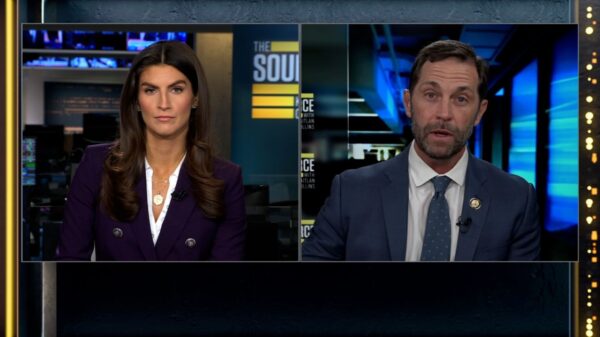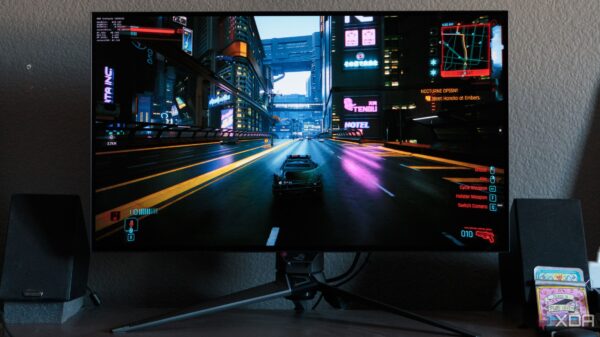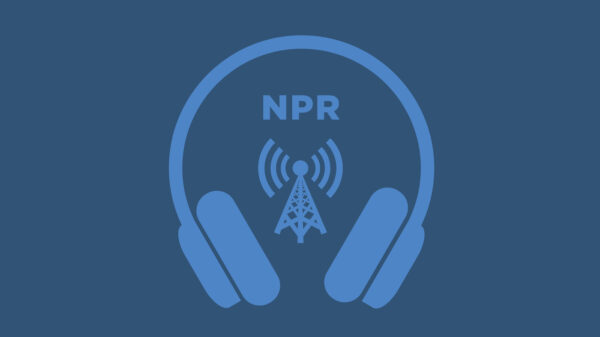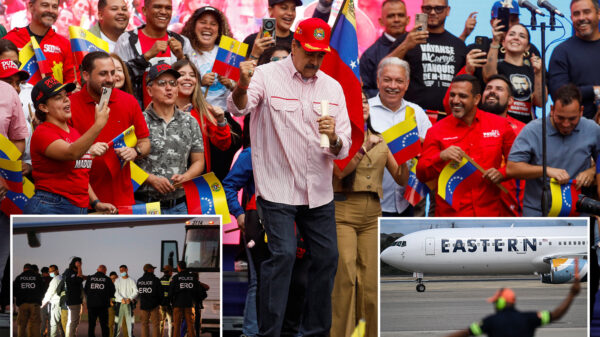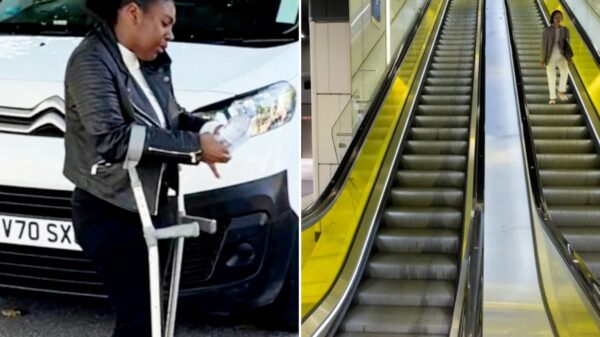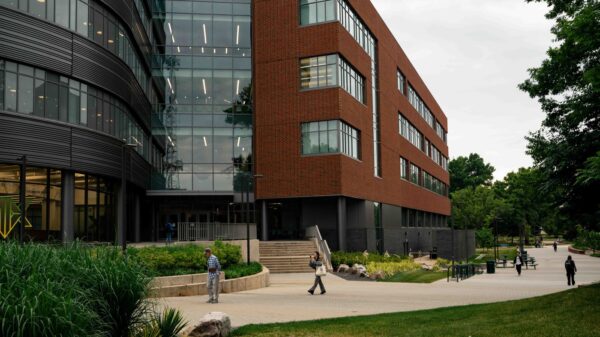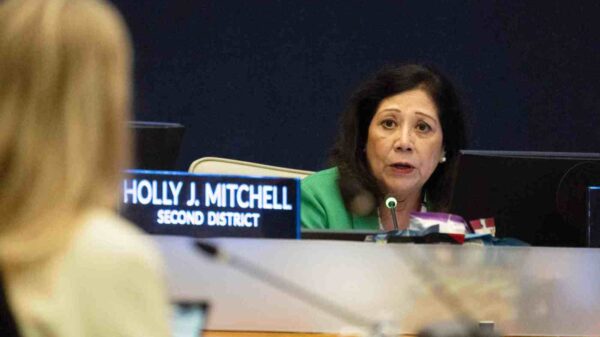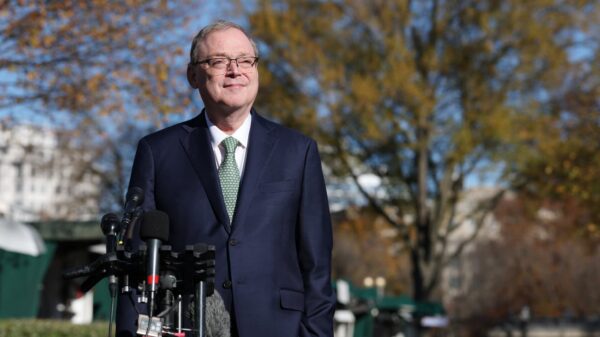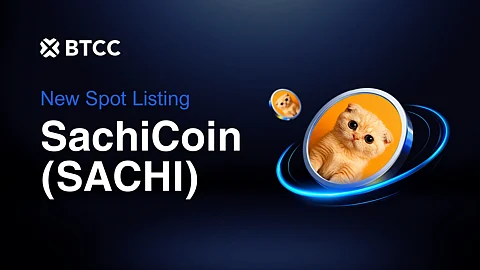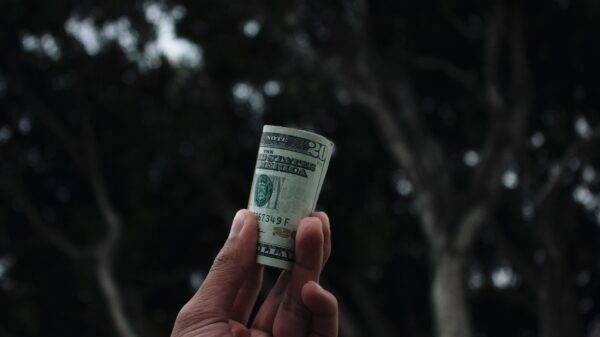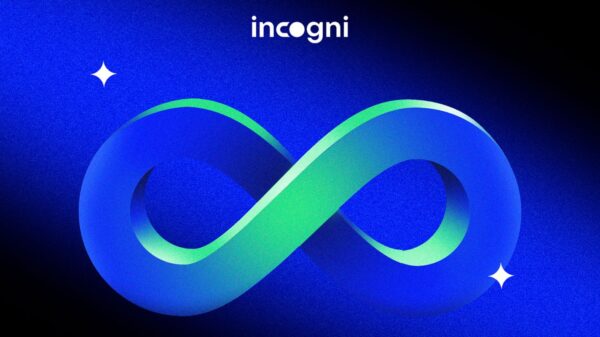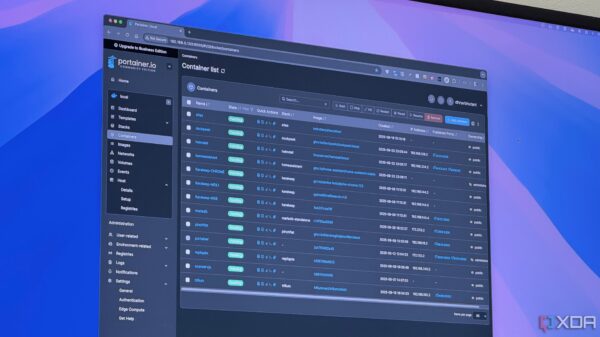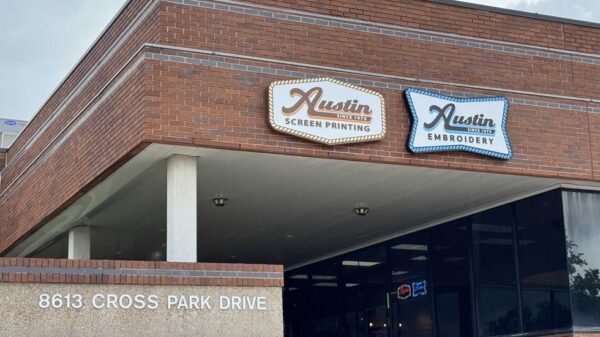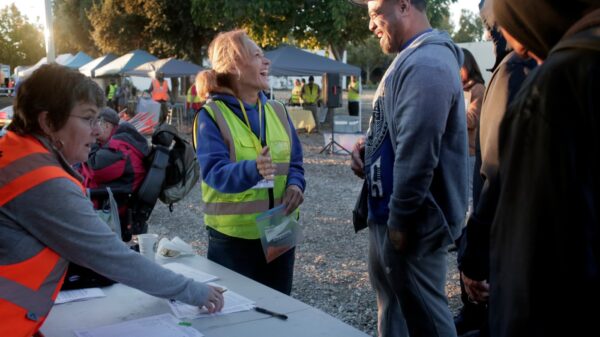The global alcohol packaging market is set to expand significantly, with projections estimating it will reach approximately USD 105.78 billion by 2032, up from USD 72.96 billion in 2024. This growth reflects a compound annual growth rate (CAGR) of 4.70% during the forecast period, driven by rising consumer demand for premium and sustainable packaging solutions.
Increasing global consumption of alcoholic beverages, coupled with advancements in material innovation, is reshaping the alcohol packaging landscape. Consumers are increasingly gravitating towards eco-friendly and visually appealing packaging, prompting manufacturers to adopt recyclable and biodegradable materials.
Key Drivers of Market Growth
One of the primary factors influencing this market growth is the growing demand for sustainable packaging. As environmental concerns escalate, both consumers and regulatory bodies are advocating for eco-friendly alternatives. This shift has led manufacturers to explore biodegradable, recyclable, and reusable packaging materials such as glass bottles, recycled aluminum cans, and plant-based bioplastics. Companies are also focusing on lightweight packaging to minimize transportation emissions.
In addition, brands that prioritize sustainability are seeing enhanced consumer loyalty and compliance with evolving regulations. As companies integrate sustainable practices into their packaging strategies, they are better positioned to respond to shifting market dynamics and consumer expectations.
Another critical driver is the premiumization trend in the alcohol industry. With rising disposable incomes and changing consumer preferences, the demand for high-end alcoholic beverages is on the rise. This trend is reflected in the increasing demand for sophisticated packaging that enhances brand recognition and influences purchase decisions. Innovative packaging solutions such as embossed labels, foil stamping, and unique structural designs are becoming essential for brands aiming to provide luxurious customer experiences.
Impact of E-commerce on Packaging Innovations
The rise of e-commerce has also significantly impacted the alcohol packaging sector. Brands are now required to adapt their packaging to meet the specific needs of online sales, where protective and durable solutions are paramount. This shift has prompted companies to invest in robust materials that prevent breakage during transit while also catering to sustainability goals.
Tamper-evident seals and minimalist designs are becoming crucial in ensuring product safety and authenticity in the online marketplace. Subscription-based alcohol delivery services are further driving the need for innovative packaging tailored for safe shipping. Additionally, digital trends such as augmented reality (AR) labels are gaining traction, allowing consumers to engage with brands in unique and interactive ways.
The trend towards lightweight and cost-effective materials is also notable. Rising raw material costs and sustainability concerns are prompting manufacturers to explore alternatives to traditional glass packaging, including PET (polyethylene terephthalate) and recycled aluminum. Lightweight packaging not only reduces shipping costs but also minimizes carbon emissions, making it an attractive option for companies focused on improving supply chain efficiency.
Technological Integration and Future Trends
Technology is playing an increasingly vital role in alcohol packaging, with smart packaging solutions gaining momentum. Brands are now incorporating features like QR codes and NFC (Near Field Communication) tags to enhance consumer engagement and product traceability. Smart packaging is not merely about aesthetics; it also aims to improve safety and customer interaction.
Emerging markets in the Asia-Pacific, Latin America, and Africa represent significant growth opportunities for the alcohol packaging sector. Rapid urbanization, rising disposable incomes, and changing lifestyle trends in these regions are driving alcohol consumption and subsequently increasing the demand for innovative and aesthetically appealing packaging solutions.
As the market evolves, trends such as the adoption of bio-based plastics, minimalist designs, and refillable packaging systems are expected to gain traction. Personalization in packaging, along with collaborations between alcohol brands and luxury packaging designers, may also become more common, enhancing product exclusivity.
The alcohol packaging market is poised for continued evolution, shaped by technological advancements, sustainability goals, and shifting consumer preferences. As brands navigate the challenges of regulatory compliance and supply chain disruptions, agility and innovation will be crucial for success in this dynamic landscape.

